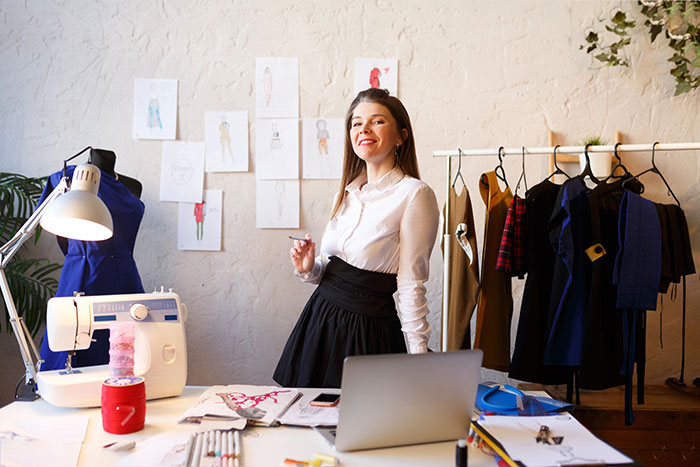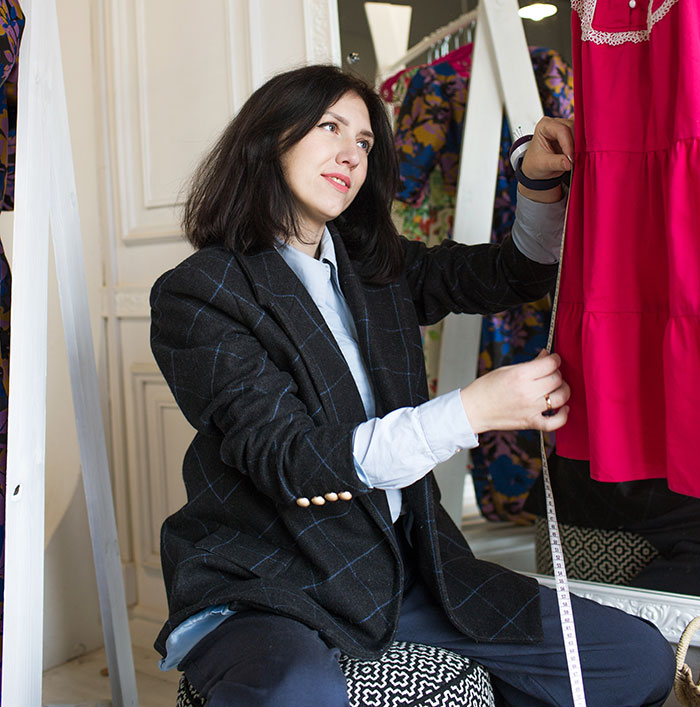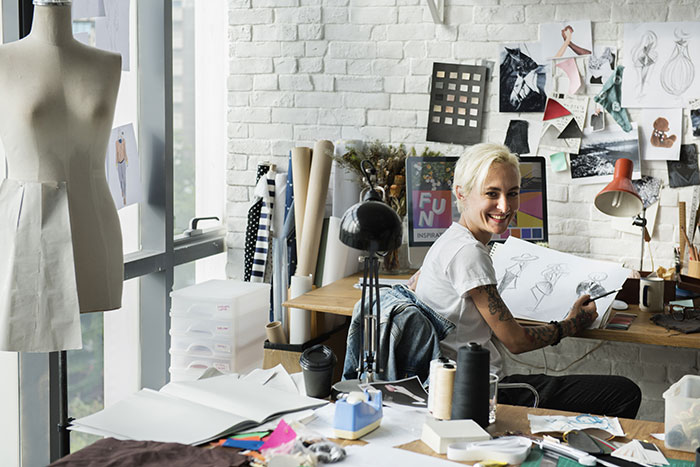Ah yes, the enduring allure of vintage clothing styles. Take the 1920s: Elegant beaded dresses, 1920s flapper style swimsuits. Not to mention the ubiquitous cloche hat. Every era has iconic apparel to inspire a new generation of fashion professionals such as illustrators, designers, and buyers.
So let’s have a wee delve into the vintage past for some inspiration.

This writer loves the early to mid-20th century era. The 1920s to 1960s, serve as a rich source of inspiration to me.
The ingenuity of a literal wave of great designers and illustrators such as Coco Chanel, Vionnet, Jean Patou. All known for their revolutionary approach to women’s fashion.
Then there’s Christian Dior in the 1940s, whose infamous New Look silhouette reshaped post-war fashion, or the illustrator René Gruau. Inspired by Toulouse Lautrec, Gruau brought Belle Epoch art back into 1950s fashion journals.
Know Your Vintage Fashion History

So you want to make a mark in the fashion industry? Well, you must do your homework. Also it really does help to actually have a deep appreciation and understanding of women’s wear. Knowing your vintage style history and loving it to bits, not only fills your easel with ideas but acts as a blueprint for you to create something genuinely new. Standing on the shoulders of giants, so to speak, you can offer a fresh interpretation that might just resonate.
The Tools of the Fashion Trade
Gone are the days of having to learn the art of oil or acrylic. It’s the digital age, and now you must have mastery of tools such as Adobe Photoshop, InDesign, Illustrator, and even Excel.
While software is crucial for bringing your vintage-inspired visions to life, it doesn’t do you any harm to be able to scribble with a pencil. Newer technologies now offer undreamed of opportunities to ‘experiment’ with classic designs.
Whether it’s through the digital illustration of a vintage swimsuit or the intricate planning of a retro-inspired fashion collection. The fashion industry allows no fools or shirkers.
Proficiency in digital art software is essential.
The multifaceted roles in the fashion business that have evolved with digital technology, has created loads of new opportunities.
Todays Fashion Industry Hubs

As the fashion industry evolves, new hubs are popping up in both the UK and the USA, shifting the focus from traditional capitals to cities brimming with creativity and innovation. In the UK, there seems to be a plethora of fashion jobs in Manchester and other cities such as Bristol. Both are now vibrant centers for fashion.
Meanwhile, in the US of A, Austin and Portland have become known for their unique blend of streetwear and sustainable fashion.
Eco awareness has caused a broad shift towards eco-responsibility in the fashion industry. So be ethical. Stay away from polymer clothing and seek work, either as a self-employed business owner or with companies who use natural fibers and dyes.
Range of Vintage Fashion Careers Available
There are so many. The obvious ones are in fashion design and illustration. But you don’t have to be an artist or designer to find work as a fashion buyer, administrator, or assistant to either of those positions. Jobs exist within ladieswear, menswear and childrenswear.

Costume Designer
There are oodles of job opportunities in theatre and film. If your specialty is vintage clothing fashion, you can offer your expertise to film production companies. Your knowledge in designing or finding period specific costumes is invaluable to film directors and actors alike.
A Personal Stylist
No matter what your day job may be, you can also set yourself up to be self employed as a personal vintage fashion stylist. A personal stylist helps their client to incorporate specific pieces ( in this case, vintage or retro styles) into their modern wardrobe. You will advise on proper care of vintage garments etc. Your potential client base includes film and theatre actors or public figures who want to stand out among the crowd.
Fashion Historian
Your knowledge of period costumes could get you work as a fashion historian. You could find work in academia, or even contribute to a documentary or publication. Better still, why not write your blog as I do, or a book of vintage era style. The possibilities are quite endless.
That’s all ! ©Glamourdaze
